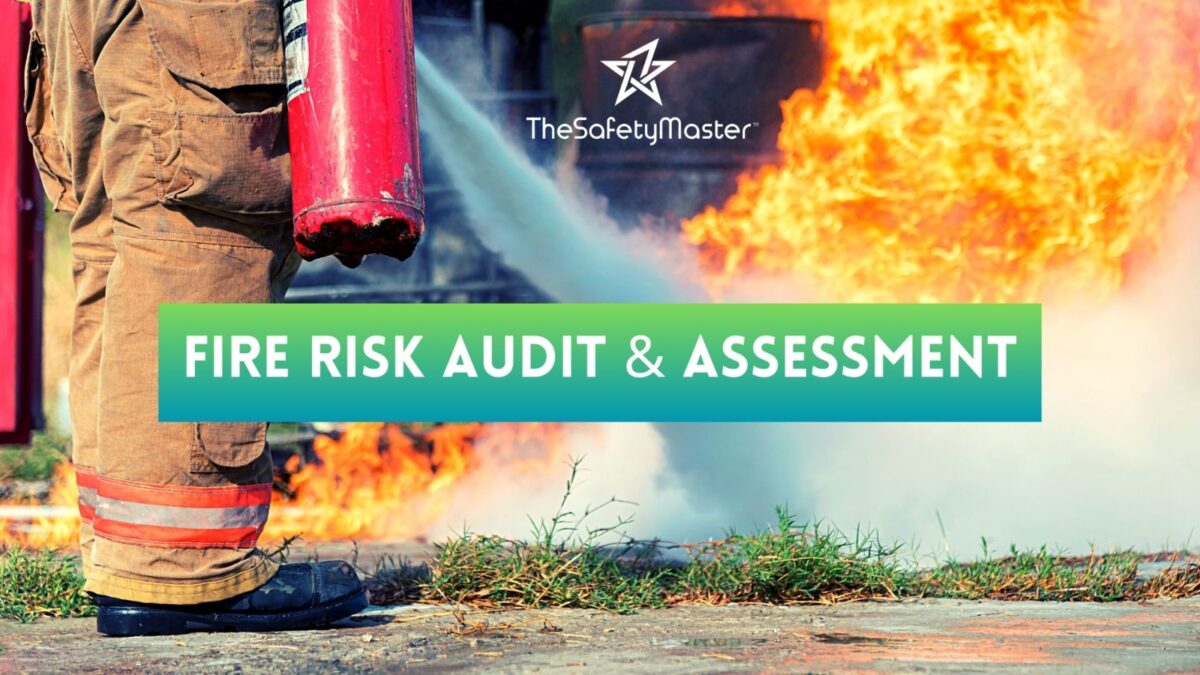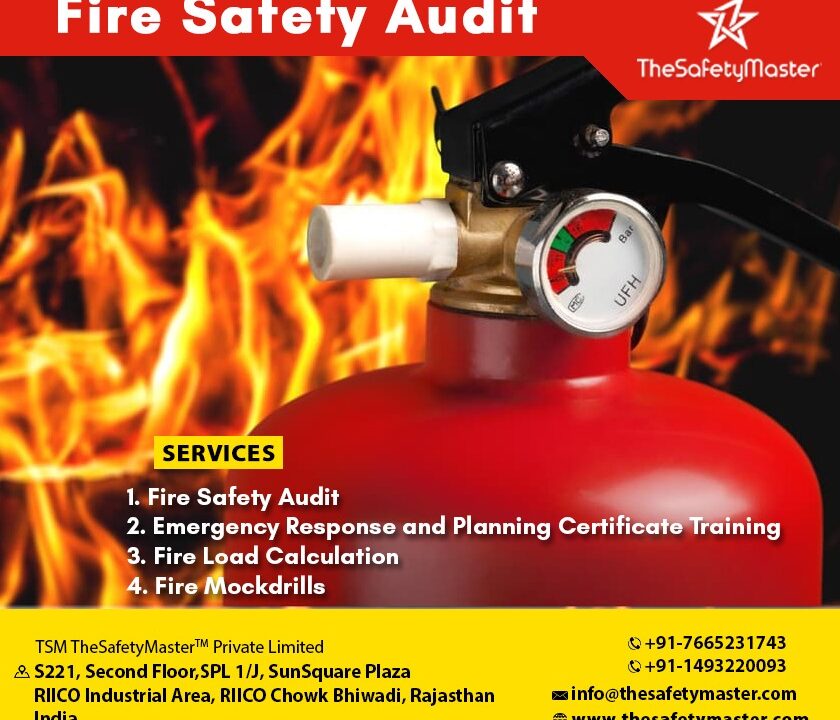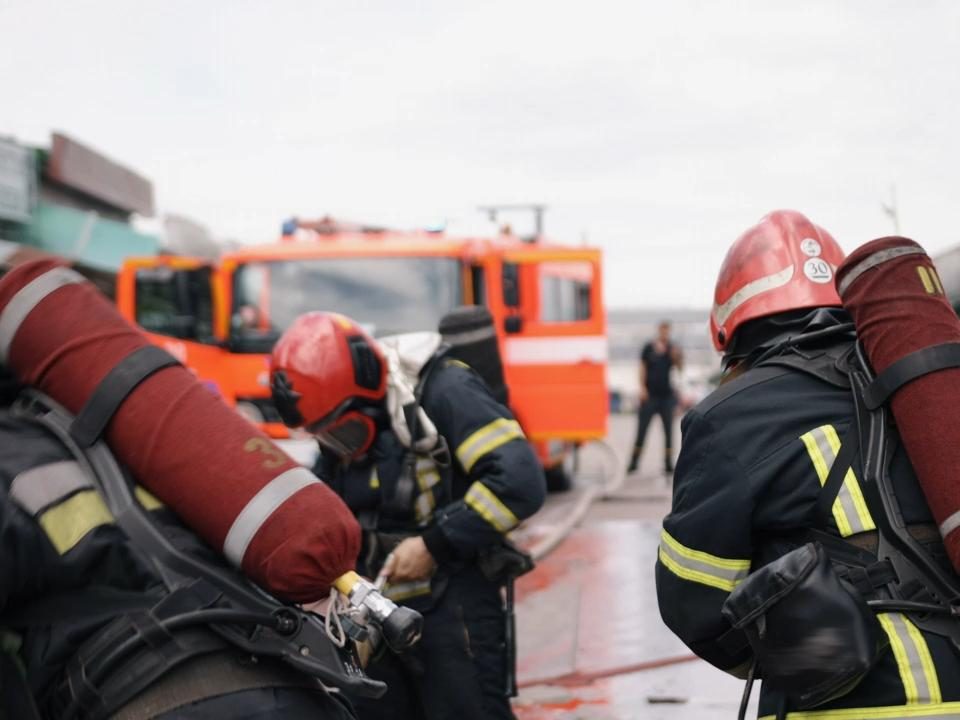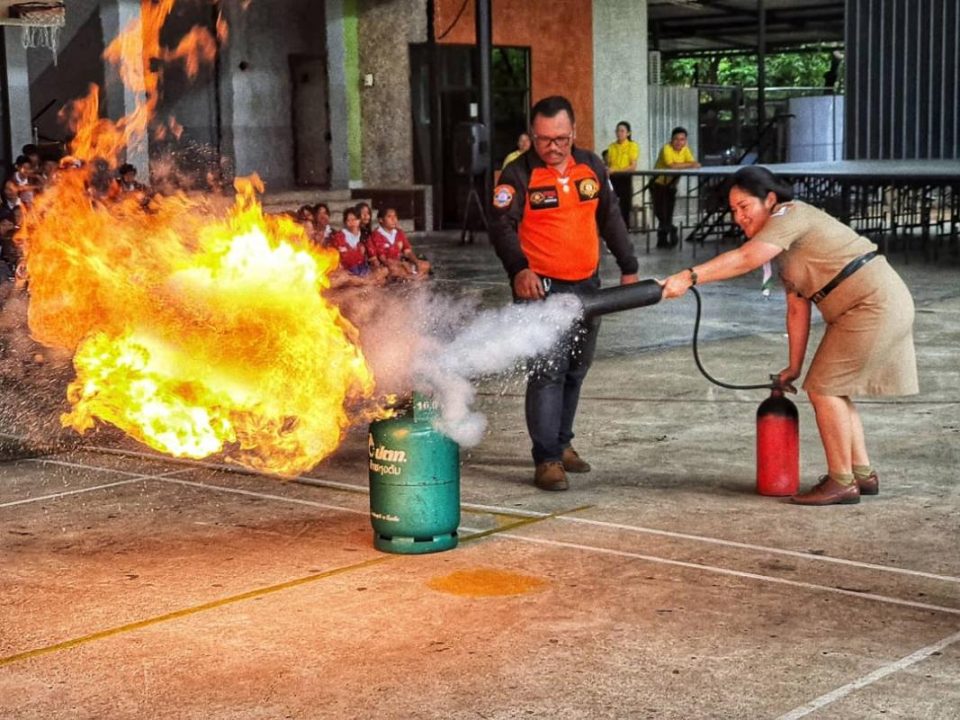Mastering Fire Safety in Construction: Prevention and Emergency Response Procedures

Chlorine Gas Safety: Preventing Accidents in Water Treatment Facilities – The Safety Master
February 14, 2024
Hydrogen Cyanide Exposure Risks: Symptoms, Treatment, and Prevention Strategies
February 20, 2024Introduction
Welcome, builders, architects, and safety enthusiasts alike, to an essential guide on Fire Safety in Construction: Prevention and Emergency Response Procedures – The Safety Master! In the bustling world of construction, where sparks fly and machines roar, the risk of fire lurks around every corner. But fear not! Armed with knowledge and preparedness, you can tackle fire hazards head-on like a true safety maestro.
Let’s dive into the nitty-gritty details of fire safety, from prevention tactics to emergency response procedures, ensuring your construction site remains a beacon of safety amidst the chaos.
Understanding Fire Risks in Construction Sites
Before delving into prevention and response strategies, it’s crucial to grasp the unique fire risks inherent in construction sites. What makes these environments particularly susceptible to fires?
- Combustible Materials Galore!
- Construction sites are veritable playgrounds for fire due to the abundance of flammable materials like wood, insulation, and chemicals.
- Electrical Hazards Ahoy!
- With a maze of wiring, power tools, and temporary electrical systems, construction sites are ripe for electrical fires.
- Work in Progress!
- Incomplete structures, open flames from welding, and hot work operations increase the likelihood of accidental fires.
- Limited Access and Egress!
- Narrow pathways and temporary structures may impede swift evacuation during emergencies.
Now that we’ve identified the adversaries, let’s arm ourselves with strategies to thwart their fiery advances!
Fire Prevention: Fortifying Your Construction Site
Prevention is the cornerstone of fire safety. By implementing proactive measures, you can significantly mitigate the risk of fires erupting on your construction site. So, what are the top tips for fortifying your fortress against flames?
1. Establish a Fire Safety Plan
Every construction site needs a robust fire safety plan, akin to a battle strategy against the fiery foe. This plan should outline:
- Emergency evacuation routes
- Procedures for reporting fires
- Roles and responsibilities of personnel
- Location of fire extinguishers and emergency equipment
2. Conduct Regular Inspections
Vigilance is key! Regular inspections of the construction site can nip potential fire hazards in the bud. Keep an eye out for:
- Frayed wiring or overloaded circuits
- Improper storage of flammable materials
- Blocked access to fire exits
3. Educate Your Crew
Knowledge is power, and in the realm of fire safety, it’s paramount! Ensure all personnel are well-versed in:
- Fire hazards specific to the construction site
- Proper handling and storage of flammable materials
- Emergency response procedures, including evacuation protocols
4. Implement Hot Work Permits
Hot work operations, such as welding and cutting, pose a heightened risk of fire. Implement a permit system to regulate these activities, ensuring:
- Adequate fire prevention measures are in place
- Proper extinguishing equipment is readily available
- Supervision by trained personnel
Emergency Response: Battling the Blaze
Despite best-laid plans, fires may still rear their fiery heads. Fear not! With swift and decisive action, you can contain and extinguish the flames before they engulf your construction site.
1. Sound the Alarm!
At the first sign of smoke or flames, sound the alarm to alert all personnel. Time is of the essence, and swift evacuation can mean the difference between safety and peril.
2. Evacuate, Evacuate, Evacuate!
Don’t dilly-dally! Evacuate the construction site promptly, following predetermined evacuation routes. Remember:
- Leave personal belongings behind
- Assist colleagues who may require aid
- Proceed to designated assembly points for accountability
3. Fight Fire with Fire Extinguishers
For small, manageable fires, arm yourself with fire extinguishers and tackle the flames head-on. Remember the acronym PASS:
- Pull the pin
- Aim at the base of the fire
- Squeeze the handle
- Sweep from side to side
4. Call in the Cavalry
Some fires may prove too fierce to tame alone. In such cases, don’t hesitate to call emergency services for reinforcements. Provide clear and concise information about the fire’s location and severity.
FAQs: Burning Questions, Answered
Q: Are fire drills really necessary on construction sites?
A: Absolutely! Regular fire drills ensure that personnel are well-prepared to respond swiftly and effectively to emergencies.
Q: What type of fire extinguisher should I use for electrical fires?
A: For electrical fires, utilize a Class C fire extinguisher specifically designed to combat energized electrical equipment.
Q: How often should fire extinguishers be inspected?
A: Fire extinguishers should undergo visual inspections monthly and thorough inspections annually by trained professionals.
Conclusion: Mastering the Flames
With the guidance of The Safety Master, you’ve embarked on a journey to master Fire Safety in Construction: Prevention and Emergency Response Procedures. Armed with knowledge and preparedness, you can navigate the fiery challenges of construction sites with confidence.
Remember, vigilance and proactive measures are your allies in the battle against fires. By implementing robust prevention strategies and honing your emergency response skills, you can ensure the safety of yourself, your colleagues, and your construction site.
So, go forth, fellow safety aficionados, and conquer the flames with the prowess of a true Safety Master!




